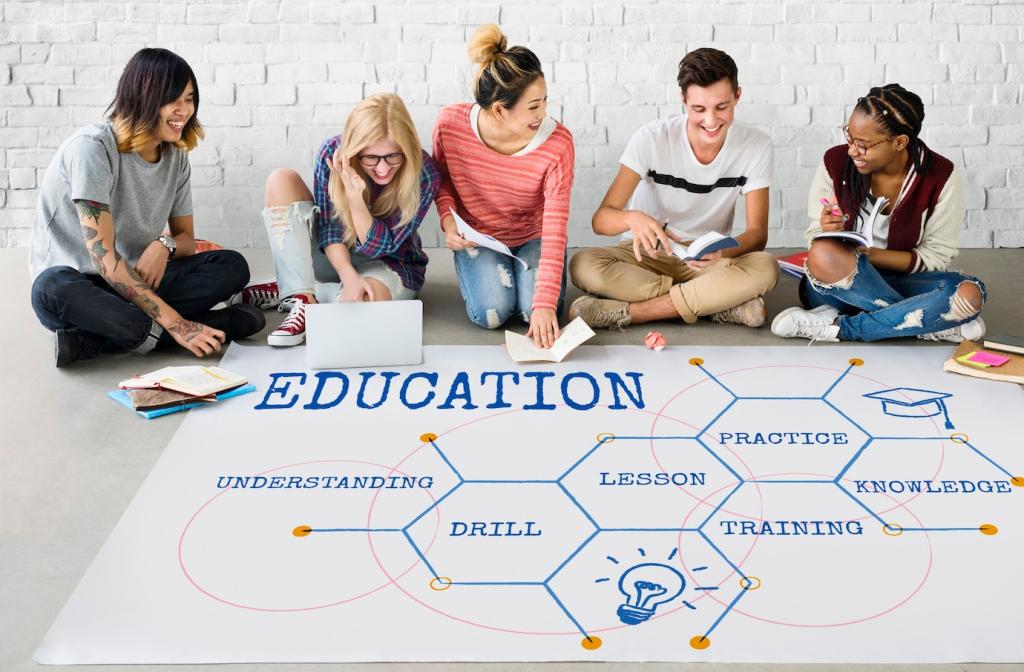What Makes an Online Platform Truly User-Friendly
Menus should mirror how learners think, not how databases are structured. Avoid jargon, nest categories sparingly, and label actions plainly. When I shadowed a cohort last spring, renaming one button from “Submit Attempt” to “Turn in assignment” cut help tickets in half.
What Makes an Online Platform Truly User-Friendly
Great platforms treat attention like a precious resource. Clean layouts, generous whitespace, and progressive disclosure keep focus on learning. Swap carousels for concise choices, reduce simultaneous decisions, and stage complexity. Tell us where clutter distracts you most so we can feature solutions.












